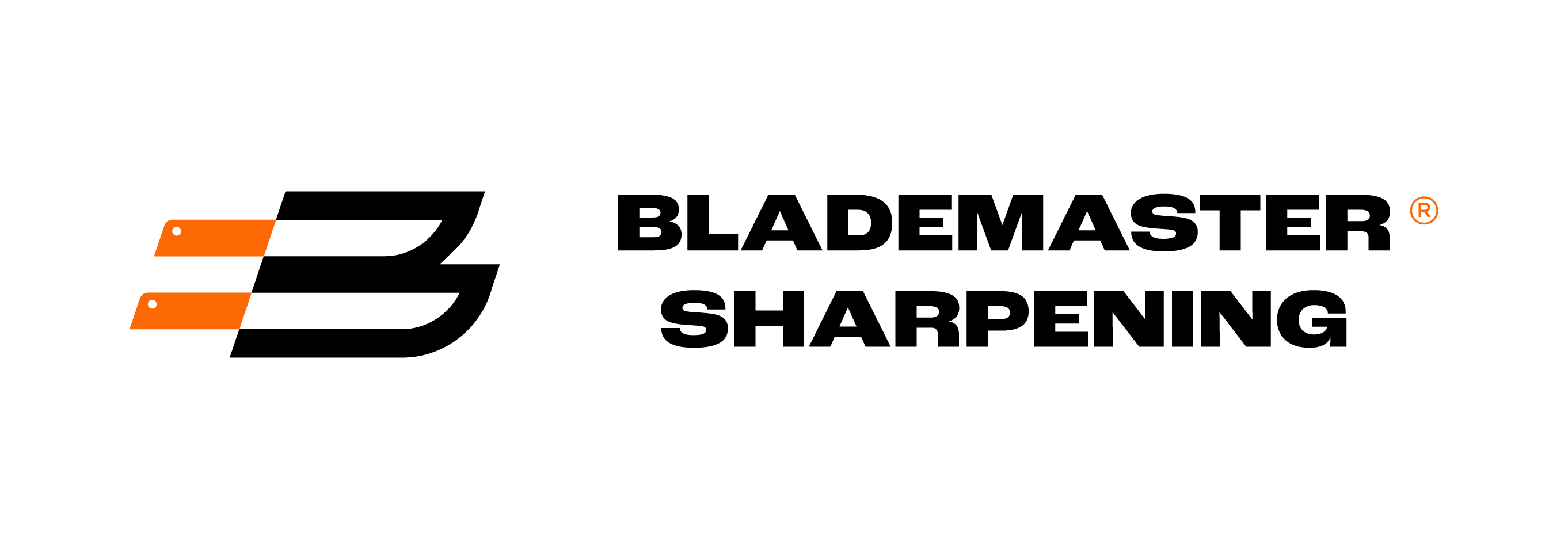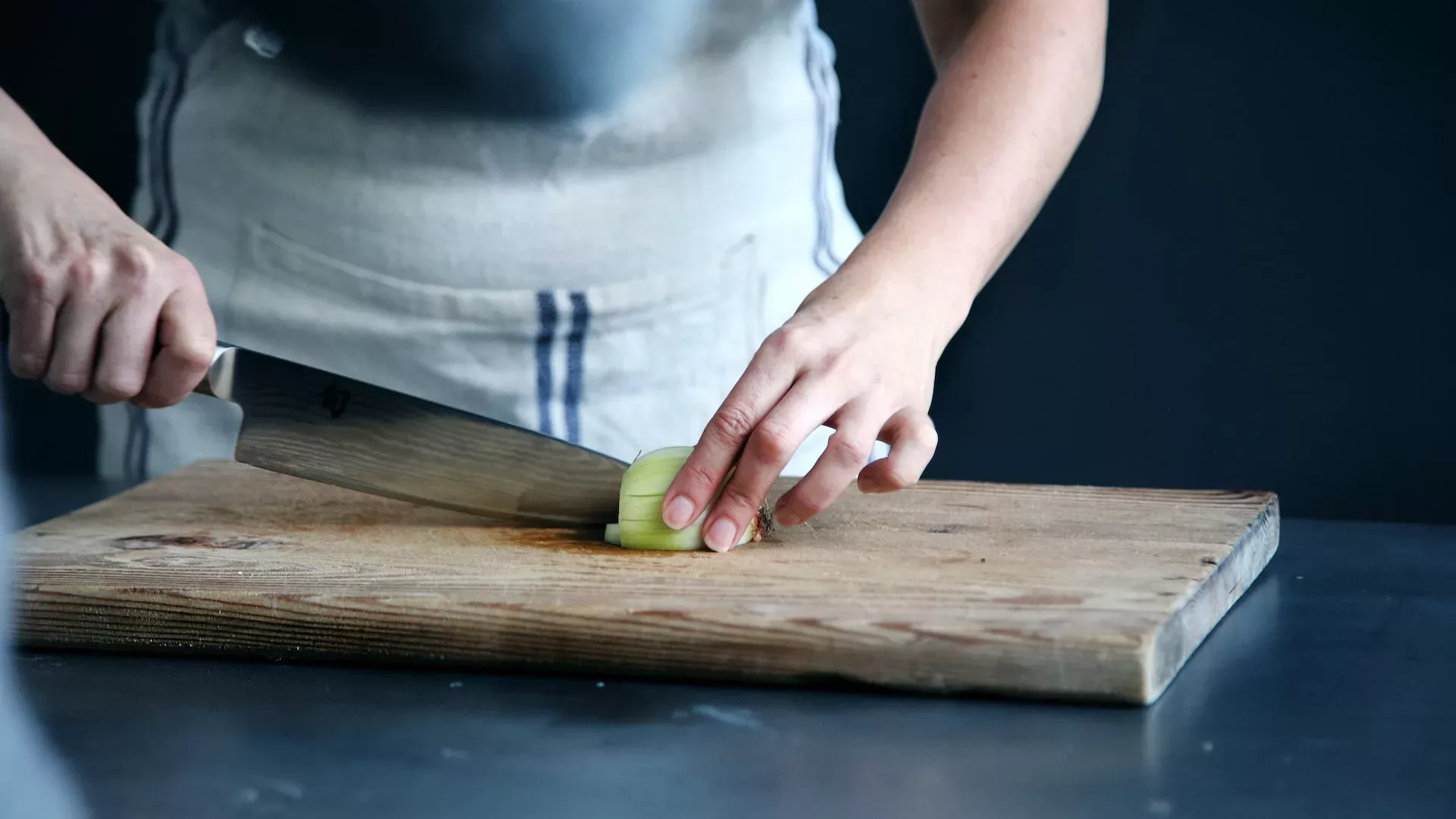A kitchen knife is a versatile tool that can enhance your cooking experience when used correctly. Here are some essential tips on how to use a kitchen knife properly:
- Choose the Right Knife: Select the appropriate knife for the task at hand. Each knife has a specific purpose, so using the right one will ensure efficiency and safety. For example, use a chef’s knife for chopping and slicing, a paring knife for smaller tasks, and a bread knife for cutting through crusty bread.
- Maintain a Firm Grip: Hold the knife with a firm grip, but not too tight, ensuring control and stability. Place your index finger and thumb on the blade’s opposite sides, known as the “pinch grip.” Wrap your remaining fingers around the handle for support.
- Use a Cutting Board: Always cut on a stable cutting board made of wood, bamboo, or plastic. Avoid cutting on hard surfaces like glass or stone, as they can damage the blade. Cutting boards protect your countertops and provide a safe surface for slicing and chopping.
- Proper Cutting Technique: Mastering the proper cutting technique ensures safety and efficiency. Practice the following:
- Hold the food item steady with your non-dominant hand, using the “claw grip” by tucking your fingertips under and resting the knuckles against the blade.
- Use a fluid, rocking motion with the knife, moving the blade up and down while keeping the tip in contact with the cutting board.
- Guide the knife with your other hand, moving it back as you cut through the food item.
- Pay Attention to Knife Placement: Be mindful of the knife’s position and keep your fingers away from the blade’s path to avoid accidents. Curl your fingers inward when holding the food to minimize the risk of accidental cuts.
- Take Your Time: Avoid rushing and work at a steady pace. Focus on the task at hand and maintain control over the knife’s movements. Remember, speed will come with practice, so prioritize precision and safety.
- Keep the Knife Sharp: Maintain a sharp blade through regular honing and occasional sharpening. A sharp knife cuts through food more easily, reducing the risk of slips and mishaps. Dull knives require more force and are more prone to slipping, increasing the chances of accidents.
- Clean and Store Properly: After using a knife, clean it with mild soap and warm water, and dry it thoroughly. Store knives in a knife block, magnetic strip, or protective sheaths to prevent accidents and maintain their sharpness.
By following these guidelines and practicing proper knife skills, you’ll ensure both safety and efficiency in the kitchen. Remember, mastering knife techniques takes time, so be patient and continue to improve your skills as you cook. MBS

